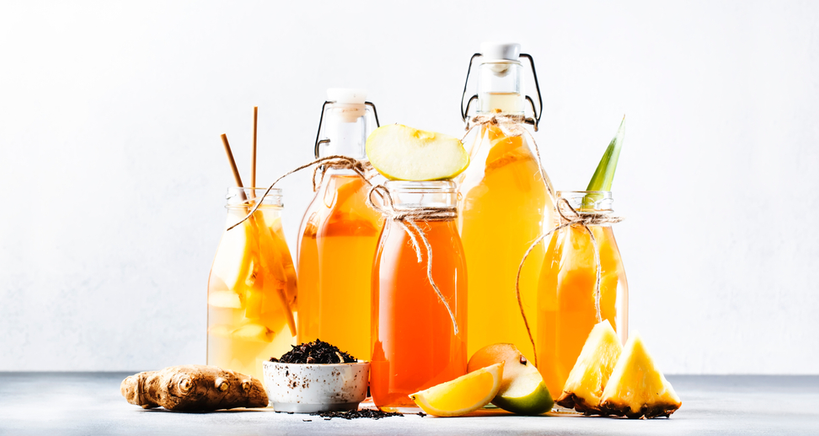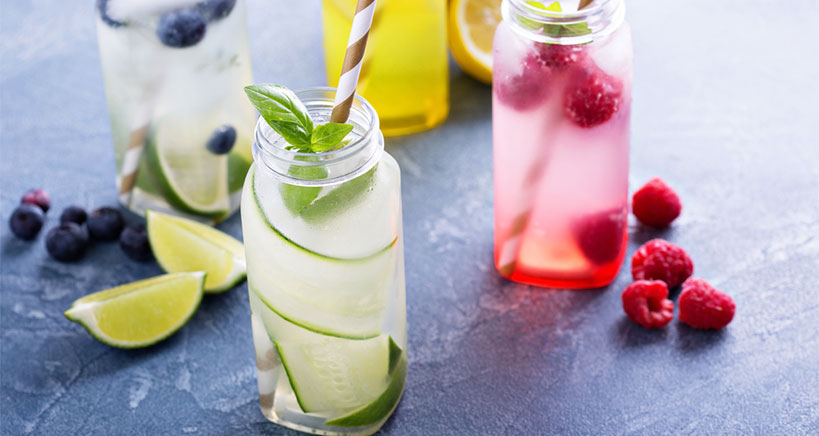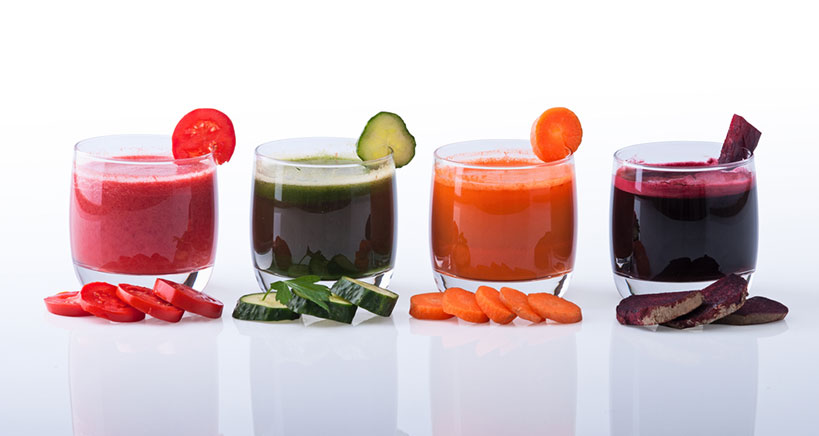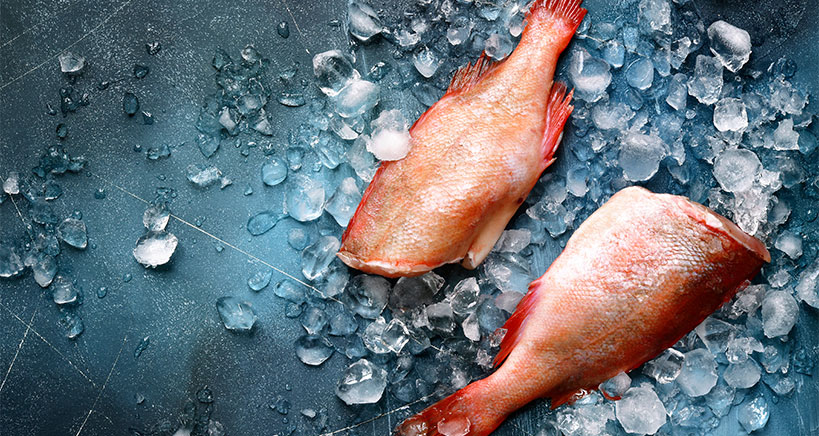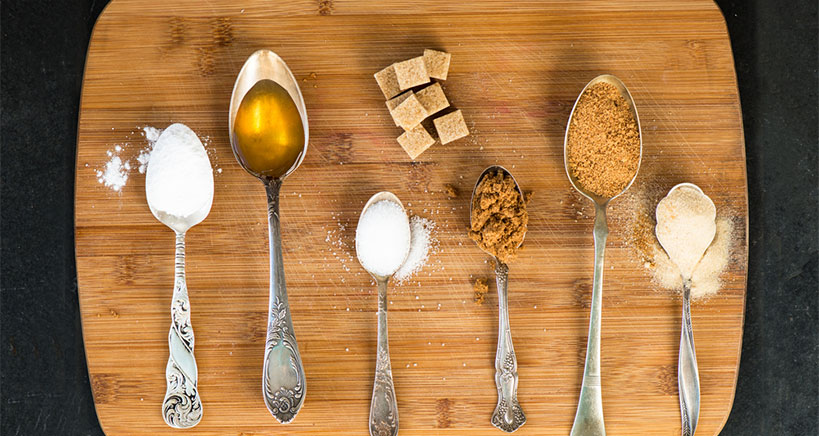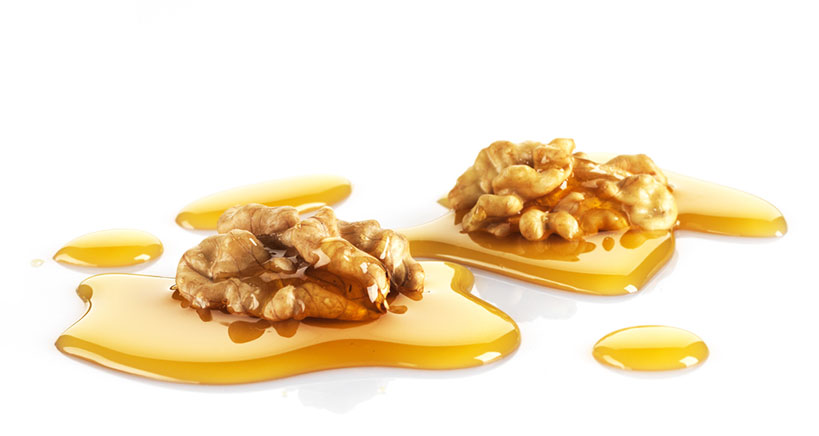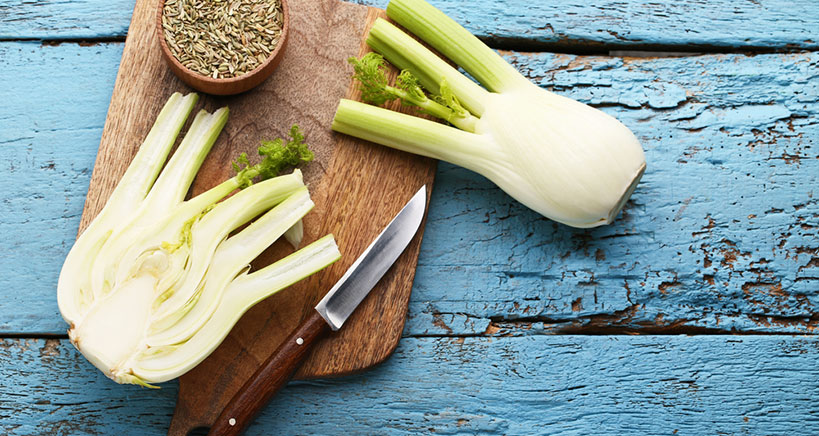
With the fall vegetable season still in full bloom and the winter vegetable season looming, now is the perfect time for your restaurant, catering service, or other eatery to cash in on the plethora of delicious, nutritious vegetables currently available. To help your menu really stand out from the crowd, we have created a list of some the most unique fall and winter vegetables on the market, guaranteed to tweak your customers’ culinary curiosity, please their palates, and keep them coming back for more.
The selections – including shiso, fennel bulbs, crosnes, fiddleheads, celeriac, and many more – are some the most unusual, head-turning vegetables you have ever heard of. Add these veggies to your restaurant’s menu, combine them with some savvy business-boosting marketing techniques (think Pinterest and Instagram…), and what you have is a recipe for winter recipe success.
And that’s not all. If your chefs feel like they have exhausted their repertoire of recipe ideas for dishes made from run-of-the-mill potatoes, onions, squash, and other staples, it’s time to step out of the culinary box and sink your teeth into the likes of blue potatoes, tree onions, Hakerei turnips, delicata squash, Chinese water spinach, Chinese artichokes, Jerusalem artichokes, dragon carrots, black radishes, white asparagus – and the list goes on.
Continue reading Unique Fall and Winter Vegetables to Add to Your Restaurant’s Menu
